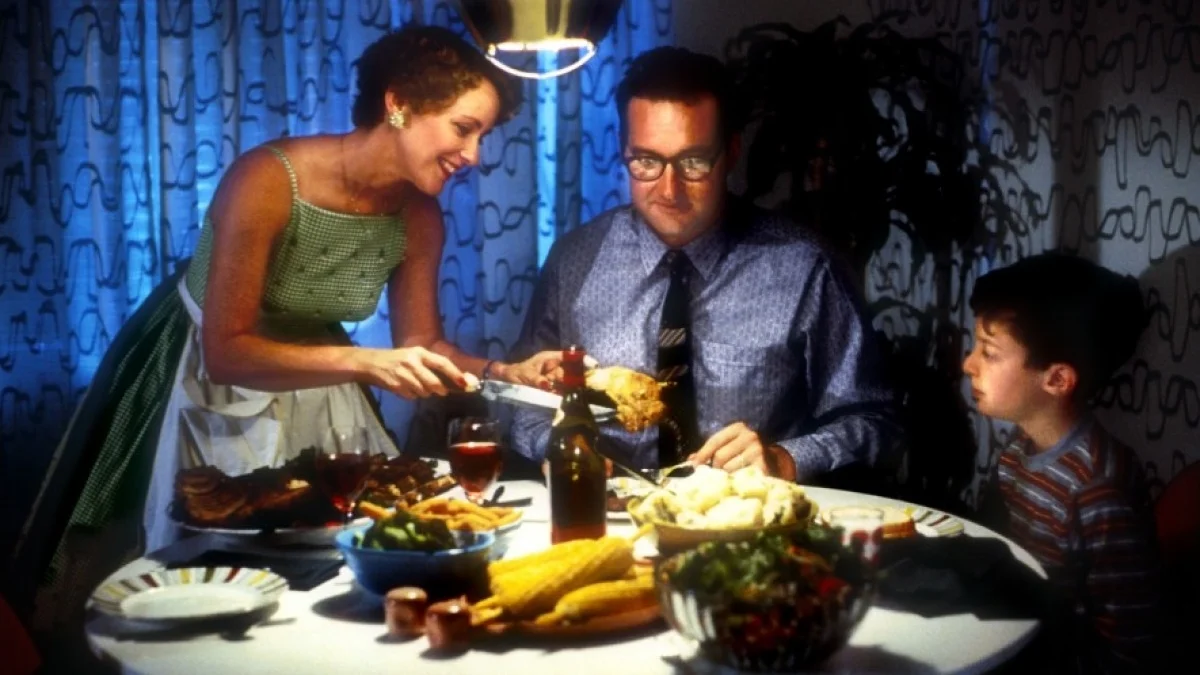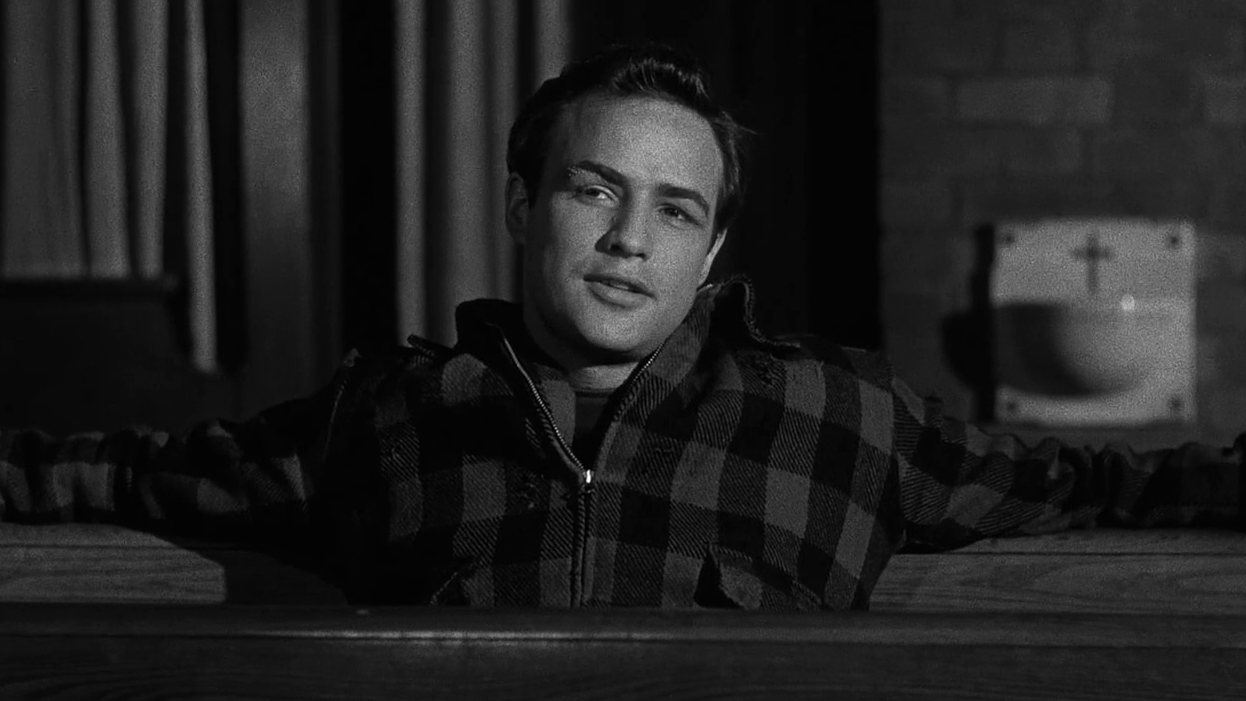Talk Film Summer Camp: Directing - The Grand Budapest Hotel (2014)
Glad you could join us for this inaugural Talk Film Summer Camp, where we here at Talk Film Society take a film per day, and dive into what makes each one a great example of one aspect of filmmaking. What we’re hoping to do here is spark a deeper appreciation for film and filmmaking in readers who may want to know more about each facet, so they can approach cinema with a deeper understanding of the invisible work casts and crews put in to tell a story.
In 2006, Wes Anderson directed and starred in an American Express commercial that offered a look into the chaotic process of filmmaking. In a 90-second cross-section of a movie set, the auteur struggled with the timing of explosions, let writers bounce rewrites off of him, approved the exact look of a gun, and kept an eye on budget constraints. Like all of Anderson’s work, it was a plastic snowglobe version of events, but it captured the truth of a situation. Whether recording the results of orchestrated chaos or calculating each detail with meticulous precision, a director is there to reign in all the many and various elements of production. There is perhaps no modern filmmaker who falls further on the “meticulous precision” end of the spectrum than Wes Anderson, and he’s never been more in control than on his eighth feature, 2014’s The Grand Budapest Hotel.
A director’s primary goal is to oversee a small army of departments, each doing what they do best, and unify the results under a singular vision. Before a single frame of film is shot, the director will prepare to capture the action via any number of previsualization techniques, ranging from shot lists (basic descriptions of each on-screen moment) to storyboards (drawings that illustrate composition and staging) to animatics (video representations of timing, rhythm, and camera movement). On Grand Budapest, Anderson fully embraced the animatic form, having fallen in love with it on his animation debut, Fantastic Mr. Fox. He essentially made the entire movie in advance with miniature sets and simple puppets. This level of “previz” is rare in live-action, but it illustrates Anderson’s desire to communicate specific ideas to everyone, from designers to actors.
This preparation shows in the finished film, where you can feel mathematical precision in each camera move. Scene after scene, our point-of-view swivels smoothly to stop on a dime, smash-zooms into perfect close-ups, or perches in position to frame the lavish sets in flawless one-point perspective. It all serves to reflect the fastidious worldview of our hero, M. Gustave, who would die before allowing a trace of uncivility into his domain.
One of Grand Budapest Hotel’s most striking features has to do with an element crucial to the foundation of every film but rarely noticed by the average viewer: its aspect ratio. The scope, scale, and intimacy of an image is built on its breadth, and a director’s options for composition are determined from the moment they set the width and height of their canvas. Only a few standard ratios have been agreed upon by the film industry, and each has its strength. Early films and decades of television were shot in the nearly-square 1.33:1 “Academy Ratio”, which is far narrower than our natural field of vision, but allows for frame-filling close-ups and strikingly symmetrical staging. The 2.35:1 “Scope Ratio” was introduced in the 1950s to allow theaters to compete with TV by presenting sweeping vistas in which to mount epic dramas. The modern “Widescreen Ratio” of 1.85:1 is right in the middle, allowing for dynamic arrangements without being bound by the distance required of Scope. Grand Budapest is a nesting doll of stories within flashbacks, and Anderson frames each period within a different aspect ratio. These bold shifts not only help the viewer track the plot by giving each level of reality a different perspective, they underscore the key theme of nostalgia by emulating the look of prestige pictures from each of its three decades.
The action in these frames must, of course, be performed by actors, and the director must let them know what to do. Each director relates to their cast differently, and their attitude sets the tone for every performance. Wes Anderson is often accused of populating his stories with two-dimensional archetypes, but his characters are often deceptively layered, with intense neuroses bubbling under disaffected surfaces. Grand Budapest Hotel’s world is full of paper doll caricatures, yet each has cracks in their façade, be it Ralph Fiennes’s suave Gustave cussing at fascists, Adrien Brody’s smooth and sinister Dmitri twitching when he doesn’t get his way, or the quiet loneliness of Tony Revolori’s dutiful Zero. Much of this nuance could never be conveyed on a script page, but Anderson guides everyone to a tonal unity, allowing each performance to enrich the others by rising together to the film’s heightened reality.
All this is for nothing if the director isn’t working in service of a theme, and Grand Budapest Hotel has a surprisingly deep heart. A candy-colored confection dedicated to the virtues of luxury and class, it at first seems like the apex of all the “style over substance” aesthetic Anderson has long been criticized for. But what Gustave and Zero learn from each other is that style is substance, as long as it’s shared with generosity.
“I think his world vanished long before he entered into it,” an elderly Zero remarks, reflecting on his mentor's nostalgia for a time that never was. “But I will say, he certainly sustained the illusion with a marvelous grace.” It’s a thesis statement that not only wraps a gilded bow on the ethos of Wes Anderson, it describes perfectly the duties of a director: to gather all the finest materials, to care about each detail, and to make your work appear effortless as you entertain your audience with visions of what could be.












